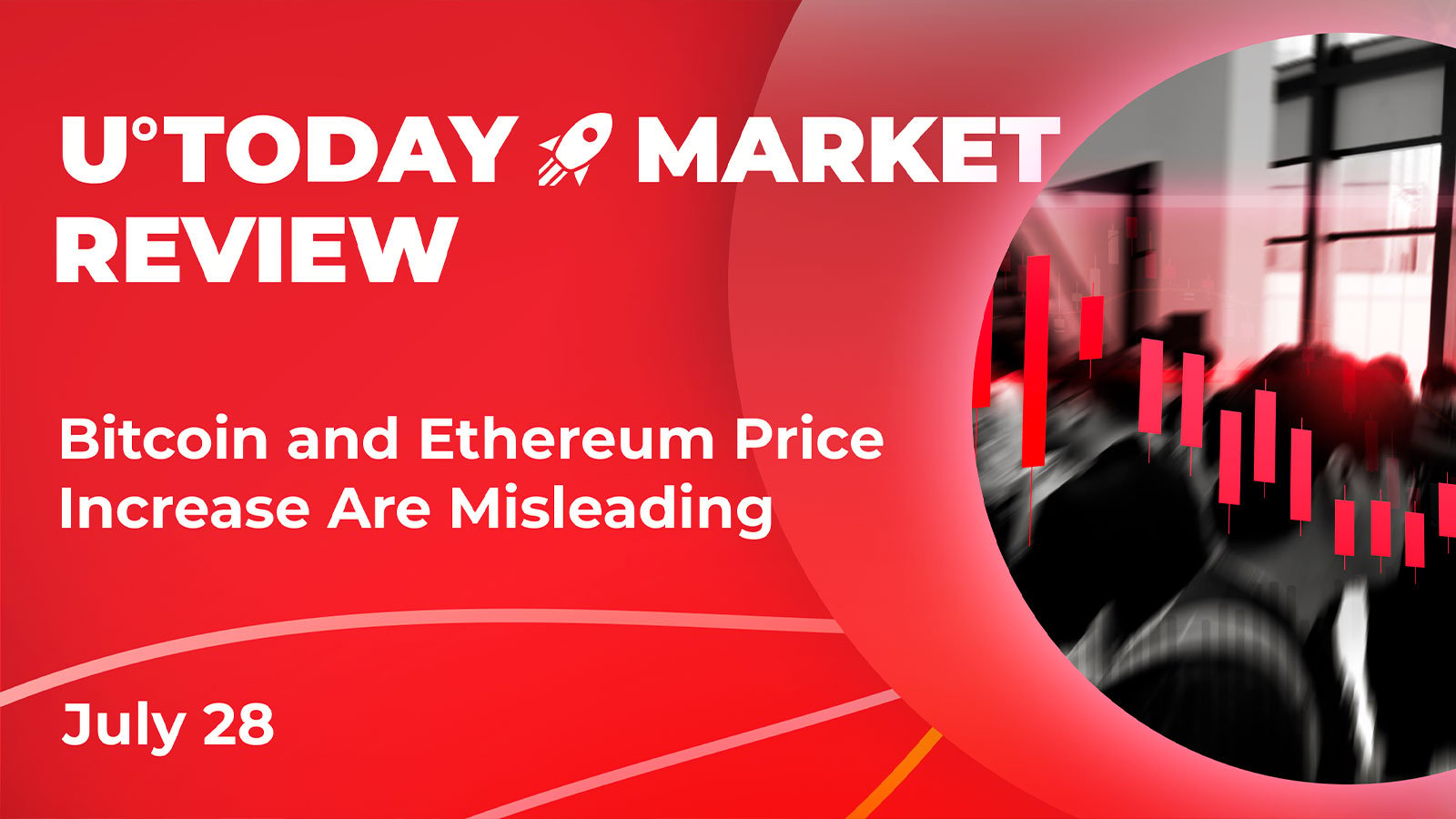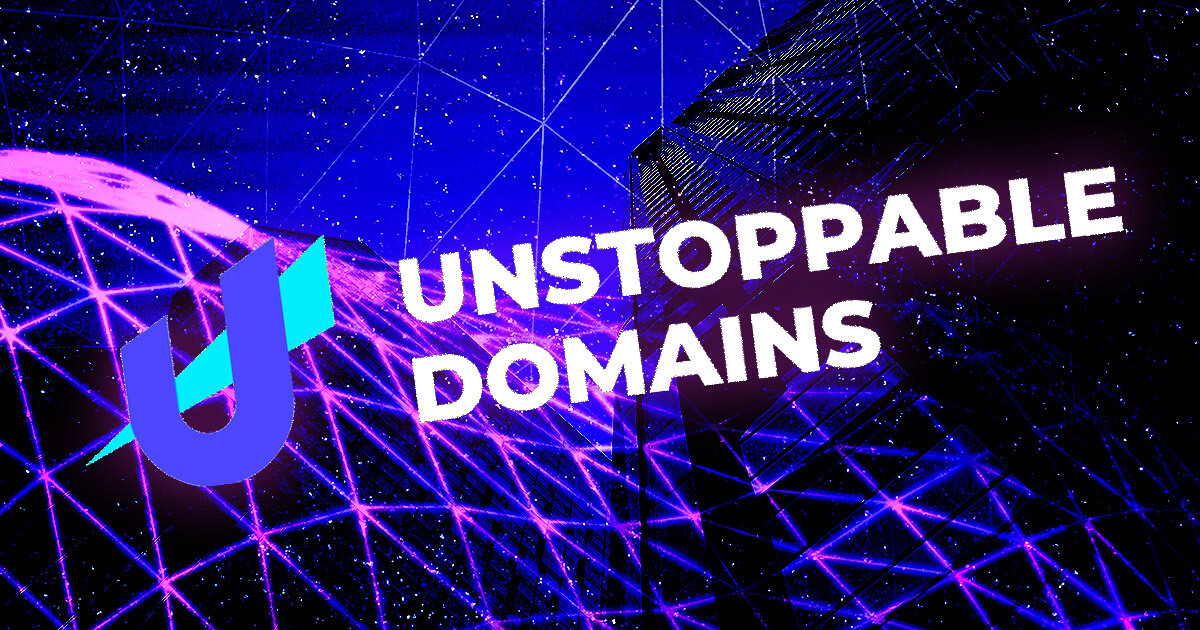[ad_1]
Polygon, previously often known as MATIC community, is a layer-2 scaling answer created in 2019 to deal with a number of limitations within the Ethereum blockchain, equivalent to transaction pace, throughput, and gasoline charges.
It was initially designed as a scaling answer, nevertheless it quickly developed right into a multi-purpose ecosystem that’s been receiving plenty of consideration. MATIC, its native token, debuted on the Binance Launchpad in 2019 amid the Preliminary Change Choices (IEO) growth.
However very first thing’s first, let’s see what layer-2 options are if we need to have a greater data of Polygon.
Fast Navigation:
What Are Layer-2 Options and Why Do We Want Them?
A layer-2 answer is a blockchain that runs parallel to a mainnet — in Polygon’s case, Ethereum — however processes transactions exterior of the mainnet, leading to an elevated throughput (transaction pace) and decrease gasoline charges.
In different phrases, what layer-2s do is that they construct a communication channel between the 2 blockchains and ship the knowledge bundle (the transaction knowledge) from the mainnet to the parallel blockchain to execute the transaction for a fraction of its price and at a a lot increased pace, all with out compromising the Ethereum mainnet.
As we all know, Ethereum is the go-to ecosystem for many software program builders seeking to launch their dApps (decentralized functions) because of its huge and safe infrastructure and progressive tooling.
Nevertheless, the excessive demand for dApps and the next provide clogged the community, and its throughput has considerably downgraded — it’s not unusual to see gasoline charges rising as much as two or three digits in USD equal, which could be fairly costly relying on how a lot you work together with the community, leaving the Ethereum blockchain just for the ‘massive gamers.’ You should utilize Etherscan’s gasoline tracker to examine the present gasoline charges.
Because of this Layer 2 options have change into important to the DeFi ecosystem as they improve Ethereum’s scalability and throughput whereas nonetheless benefiting from its safety properties.
How Does Polygon Work?
Polygon works equally to different Proof of Stake (PoS) protocols by way of community nodes, governance, staking, and different functionalities.
Proof of Stake Consensus
The platform leverages the Proof of Stake consensus, which depends on a set of node validators to confirm and validate transaction blocks on the community, as an alternative of counting on the basic Proof of Work (PoW), which consumes an infinite quantity of processing energy to create new blocks.
The principle distinction is available in that as an alternative of getting to do the work (computing work in PoW algorithms), in PoS, token holders validate and confirm transactions.
The PoS ecosystem of Polygon works by rewarding customers with MATIC, the protocol’s native token. To earn MATIC, you may select one of many following choices:
Turn into a validator and decide to the community by working a full node to validate transactions on the blockchain. As a node validator, you obtain a lower of charges and newly created MATIC. Nevertheless, for those who act maliciously, make a mistake, or even when your web connection is gradual, your MATIC rewards might be slashed as punishment.
Turn into a delegator, which is a kind of public node. As a delegator, you obtain different individuals’s MATIC and use it to assist the community conduct PoS validation. The bigger the delegated stake, the upper the delegator’s voting energy. That is simpler than being a node validator, nevertheless it additionally comes with its challenges.
Polygon Bridge
If you wish to switch funds from the Ethereum community to Polygon’s, you have to use the PoS bridge, which is a set of good contracts that assist to conduct belongings from the Ethereum mainnet to the Polygon sidechain.
The PoS bridge is the spine to switch belongings from Ethereum to Polygon after which use these funds to work together with the apps and blockchains on the Polygon ecosystem. You’ll should pay a transaction charge in ETH, after all, which could be costly, however when you’re within the Polygon community, transactions are very low-cost — lower than a greenback.
Polygon Protocol
The Polygon Protocol connects all Polygon-based blockchains with one another and the Ethereum community. It additionally permits chains to faucet into Ethereum to inherit its safety mannequin.
Polygon’s Software program Growth Package (SDK)
In Might 2021, Polygon introduced the Polygon Software program Growth Package (SDK), a set of plug-and-play software program instruments that permits builders to launch their very own absolutely customizable blockchains and DeFi apps.
The principle concept is to make Ethereum a fully-fledged multi-chain system, which it already is, however the present limitations and the shortage of construction on the Ethereum ecosystem makes it tougher for builders to work on their tasks.
Polygon goals to offer the ecosystem a lift with Polygon SDK, based mostly on three main ideas: Ethereum-compatibility, modularity, and extensibility, making it a versatile framework for builders eager to work on Ethereum scaling and infrastructure options.
Polygon SDK is split into two iterations. The primary model helps Ethereum-compatible stand-alone chains, that are sovereign blockchains in control of their modules and safety. These chains can use the Polygon bridge to speak with Ethereum (e.g., transferring belongings or sending arbitrary messages) whereas protecting their independence.
On the second model, we’ll see help for different varieties of chains, equivalent to Layer 2, with their very own set of modules and instruments to additional empower builders.
Utility: What Can You Do on Polygon?
Polygon means that you can do just about the whole lot you do on Ethereum, however with out the excessive gasoline charges or the low throughput.
Polygon went from being a easy scaling answer to changing into a extra broad and complicated ecosystem the place customers and builders alike have a large set of use instances, together with launching Ethereum-compatible blockchains, use Ethereum-based decentralized functions (DApps), mint non-fungible tokens (NFTs), change into node validators, delegators, stake MATIC, and far more.
There are quite a few profitable tasks that work on Polygon, equivalent to yield producing protocols like Aave or Curve Finance, decentralized exchanges equivalent to SushiSwap, and the most well-liked decentralized NFT (Non-Fungible Token) market, OpenSea.
You should utilize Polygon as the bottom blockchain on these protocols as an alternative of Ethereum. For instance, OpenSea means that you can select Polygon as an alternative of Ethereum as the primary community and use it each time you commerce NFTs — you simply must have a Polygon-compatible pockets like MetaMask or Coinbase Pockets and join it to OpenSea.
It’s additionally price noting, although, that not all protocols which might be constructed on Ethereum have their Polygon iterations, and to this extent, there are specific limitations.
The MATIC Token
The MATIC token is an ERC-20 token that powers your complete Polygon ecosystem. It’s used to pay for gasoline charges, for staking, and for governance. As per CoinMarketCap, there’s a present circulating provide of seven.48 billion MATIC tokens, with a max provide of 10 billion.
After being rebranded to Polygon and implementing new options for builders and customers on the ecosystem, the MATIC token noticed explosive development in worth because of an elevated use case. On the time of penning this, in February 2022, it’s the sixteenth largest cryptocurrency by way of complete market capitalization.
The MATIC token provide distribution is as follows:
- Advisors: 4%
- Non-public Sale: 4%
- Community Operations: 12%
- Staff: 16%
- Launchpad Sale: 19%
- Ecosystem: 23%
- Basis: 22%
Meet the Staff Behind Polygon
Polygon was created by 4 software program engineers with a robust background in software program growth:
Standard DApps Utilizing Polygon
- SushiSwap: an Ethereum-based decentralized alternate (DEX) that works as an Automated Market Maker (AMM).
- Curve Finance: an alternate liquidity pool on Ethereum that gives seamless stablecoin buying and selling at a low threat.
- 1inch: a DEX aggregator that acts as a liquidity bridge between a number of DeFi protocols, offering customers with the perfect liquidity on Ethereum, Binance Sensible Chain (BSC), Polygon, and extra.
- Aave: a yield aggregating protocol that permits customers to borrow crypto to make use of it as collateral to take out flash loans.
- QuickSwap: a decentralized alternate working on the Polygon community that gives lightning-fast transactions at an inexpensive price.
Closing Ideas
Polygon is among the most enjoyable DeFi tasks in existence, with a promising future for the DeFi neighborhood concerning scalability and blockchain interoperability.
And with its huge set of instruments for builders, its progressive mechanism and modules, and full help for the Ethereum Digital Machine (EVM), we might quickly see an infinite influx of tasks thriving on the Polygon ecosystem.
Binance Free $100 (Unique): Use this hyperlink to register and obtain $100 free and 10% off charges on Binance Futures first month (phrases).
PrimeXBT Particular Provide: Use this hyperlink to register & enter POTATO50 code to obtain as much as $7,000 in your deposits.
[ad_2]
Source link















